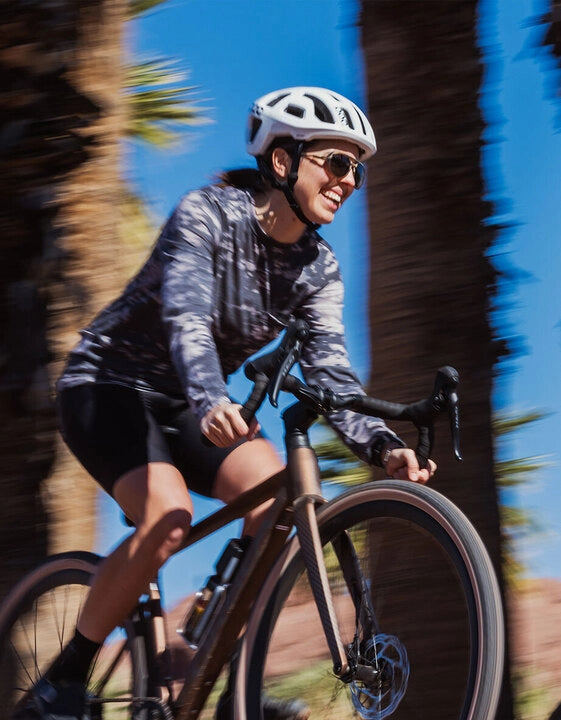Remember that feeling of bouncing down a trail with a rigid fork? Or the tell-tale ping of a snake-bit tube? Or the madness-inducing process of toeing in cantilever brakes — only to find them squealing a couple rides later?
Well, a lot of youngsters (ahem, Bruce) avoided the wild and wooly days of pre-2010 mountain bike technology. Isn’t that nice for them.
This got me thinking. What is the most important piece of mountain bike technology, the component that’s made our rides so much faster, easier, and downright funner? As is always the case with our Question of the Week, I want to hear from you! Leave a comment at the end of the story with your take on what piece of tech has improved MTBs the most.
[button]Shop mountain bikes[/button]
As I thought this one through, I went back and forth a few times. It’s tough to pick only one product. Suspension forks, tubeless tires, disc brakes, single-chainring drivetrains, and dropper posts are all mandatory equipment for me these days.
In the end, I settled on tubeless tires. Surprised?
Look at it this way: What would be the least worst setup? A rigid bike with disc brakes and tubed tires? (Pinch flat city!) A bike with a suspension fork, tubed tires, and rim brakes? (A.K.A. Every bike I raced from 1998-2005.) Or what about another configuration that subbed in items like the 1x drivetrain or dropper?
[newsletter]
No matter what, we’ve got to make a compromise. For me, tubeless tires offer the widest range of benefits for all-around mountain biking.
For starters, with tubeless, you’ll have far fewer trailside repairs to wrangle. Rigid forks, rigid seatposts, and rim brakes aren’t ticking timebombs, ready to stop your ride in its tracks if you hit the wrong rock the wrong way. Tubes, on the other hand, are more-or-less guaranteed to let you down every few rides. I don’t know about you, but I’d rather spend my time riding, not fixing flats in the forest. That is, of course, unless you ride unpleasantly high pressures with tubes.
That brings me to the key reason why tubeless tires are the best innovation to hit mountain biking: traction. We can choose from an array of rubber from super-fast 2.1” XC tires to extra burly 2.5” DH treads (not to mention even fatter options!). Combine that with the huge range of PSI adjustability, and your mountain bike has tremendous traction in nearly any condition.
[button]Shop MTB tires[/button]
You may have weaker brakes without discs, but good tires can help rim brakes punch above their weight. And a rigid fork won’t hug the rough like a suspension fork, but a soft, supple front tire will help you through a lot of hairy sections. Once you start experimenting with lower tire pressures, you realize how much performance can be gained with the one bike component that’s free: air!
Sure, if you live somewhere with buffed out trails, maybe you’re having a harder time seeing the benefits of tubeless. Or if you’re a downhiller who’s willing to run tubes as thick (and heavy) as a moto’s, a suspension fork might yield more benefits.
However, for my money, the majority of mountain bikers throughout the world stand to benefit the most from tubeless tires. But go ahead and prove me wrong! Leave a comment with your argument for the one piece of technology that has improved mountain bikes the most!

























